Find out all the dos and don’ts of physiological testing as we break down VO2max and lactate/ramp testing.
Find out all the dos and don’ts of physiological testing as we break down VO2max and lactate/ramp testing.
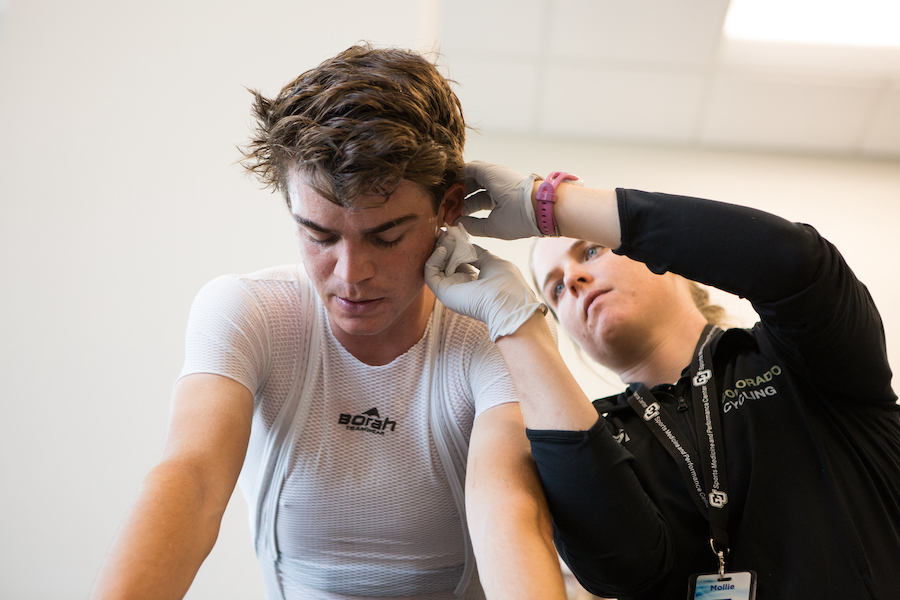
Find out all the dos and don’ts of physiological testing as we break down VO2max and lactate/ramp testing.

Find out all the dos and don’ts of physiological testing as we break down VO2max and lactate/ramp testing.
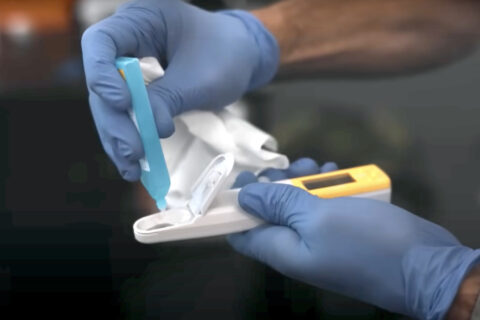
We detail the integral role that water and sodium play in our physiological processes, and how understanding sweat rate and composition can improve performance, recovery, and health.
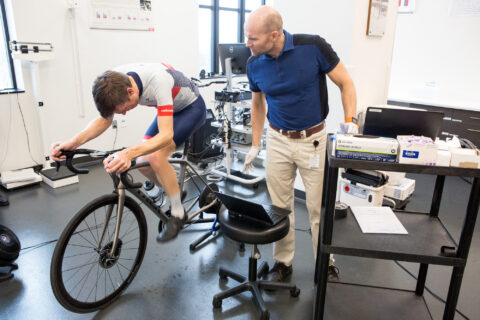
Physiological testing is a powerful tool to fine-tune your training and optimize performance.
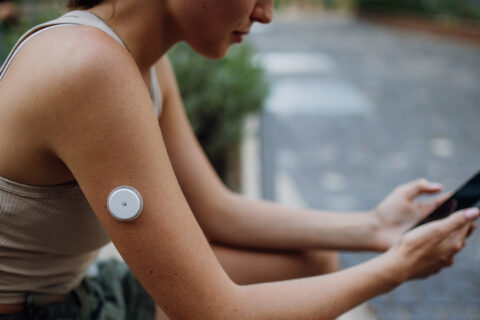
Continuous lactate monitors have the potential to be a game changer in the endurance world, but does the technology measure up to the hype?
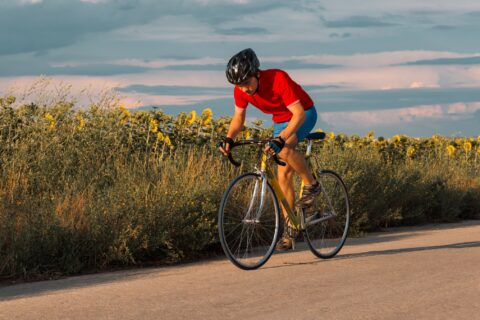
This session builds off our intro workout on fast-start intervals with a step-down workload that will have your legs screaming.